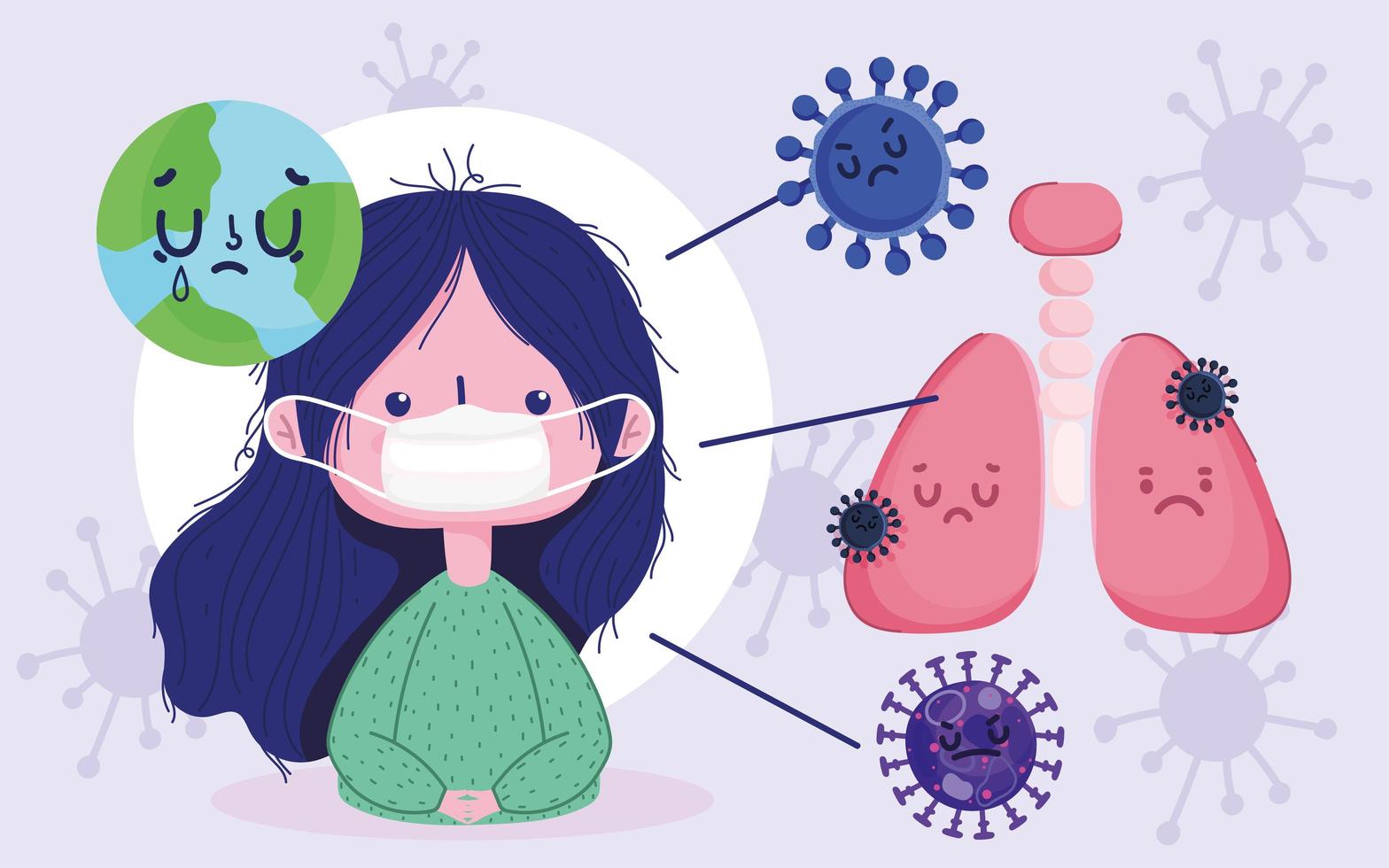Since the beginning of the COVID-19 pandemic, observations have shown that the virus does not affect everyone equally. Humans, cats, and dogs can get infected, but not cattle or swine. Additionally, some experience mild symptoms, while others must be hospitalized and can even succumb to the disease. A recent study led by McGill researchers provides a possible explanation behind these discrepancies.
The study examined the site of primal interaction between the viral particle and the host cell. At this location, the virus’ infamous spike proteins interact with the angiotensin-converting enzyme 2 (ACE-2), a receptor used as the coronavirus’ entry point into the cell.
If the spike protein binds properly to ACE-2, the viral membrane fuses with the host membrane, and the virus successfully infects the cell. If this primary binding does not occur, the virus will be unable to infiltrate the cell. According to the study, this is why some species can be infected while others cannot.
Led by Dr. Jaswinder Singh, a redox biologist and associate professor in McGill’s Department of Plant Science, the study found that viral binding relies on the presence of disulphide bonds between small subunits of proteins called cysteine residues. These are strong bonds that create a loop conformation within the structure of proteins, allowing the virus to hold onto the host cell and penetrate it. Without disulphide bonds, the virus cannot infect the cell.
“When we tested the ACE-2 protein sequence for different animal species, we found that some of them are different,” Singh said in an interview with The McGill Tribune.
The research revealed that some animals lack one specific cysteine residue, and therefore cannot form disulphide bonds. These animals, which include cattle and swine, are also impervious to COVID-19. In animals that possess both cysteine residues in their ACE-2 receptor, like humans, cats, and dogs, the disulphide bonds can form, and the spike protein can attach to the cell.
COVID-19 pathogenesis and severity within the human population is also determined by other factors. Older adults tend to have a more depressed immune system which makes them more vulnerable, but this is not the only explanation. Singh and his team demonstrated that a larger determinant of susceptibility is the oxidative stress within cells. This refers to the presence of free radicals: Toxic compounds which can damage the cell’s machinery if not counteracted by antioxidants.
The study revealed that the disulphide bonds identified as critical for the virus-host interactions are redox-active, so they can form and break depending on the oxidative state of the cell.
“This study is unique in a way that we are the first to mention that the coronavirus interaction with this receptor is redox-dependent,” Singh said. “In a more oxidative cellular environment, which we see in old people and those with underlying health conditions, we found that disulphide bonds can form more easily, which will help the interaction.”
In short, ageing and disease cause the accumulation of oxidative stress in cells, facilitating the formation of disulphide bonds at the virus-host interface and the entry of the virus into host cells. This leads to faster and wider proliferation of coronavirus throughout the body and thus a more severe infection.
The study draws attention to new horizons in COVID-19 treatment and prevention. For instance, increasing the expression of thioredoxin, a chemical that provides electrons to reduce reactive oxygen species in the cells, thus lowering the oxidative state, can be a possible preventative measure along with other antioxidant therapies.
Singh explained that simply increasing antioxidant intake in our diets by consuming more dark chocolate, berries, and vitamin D can be of help, but is not the sole preventative measure.








